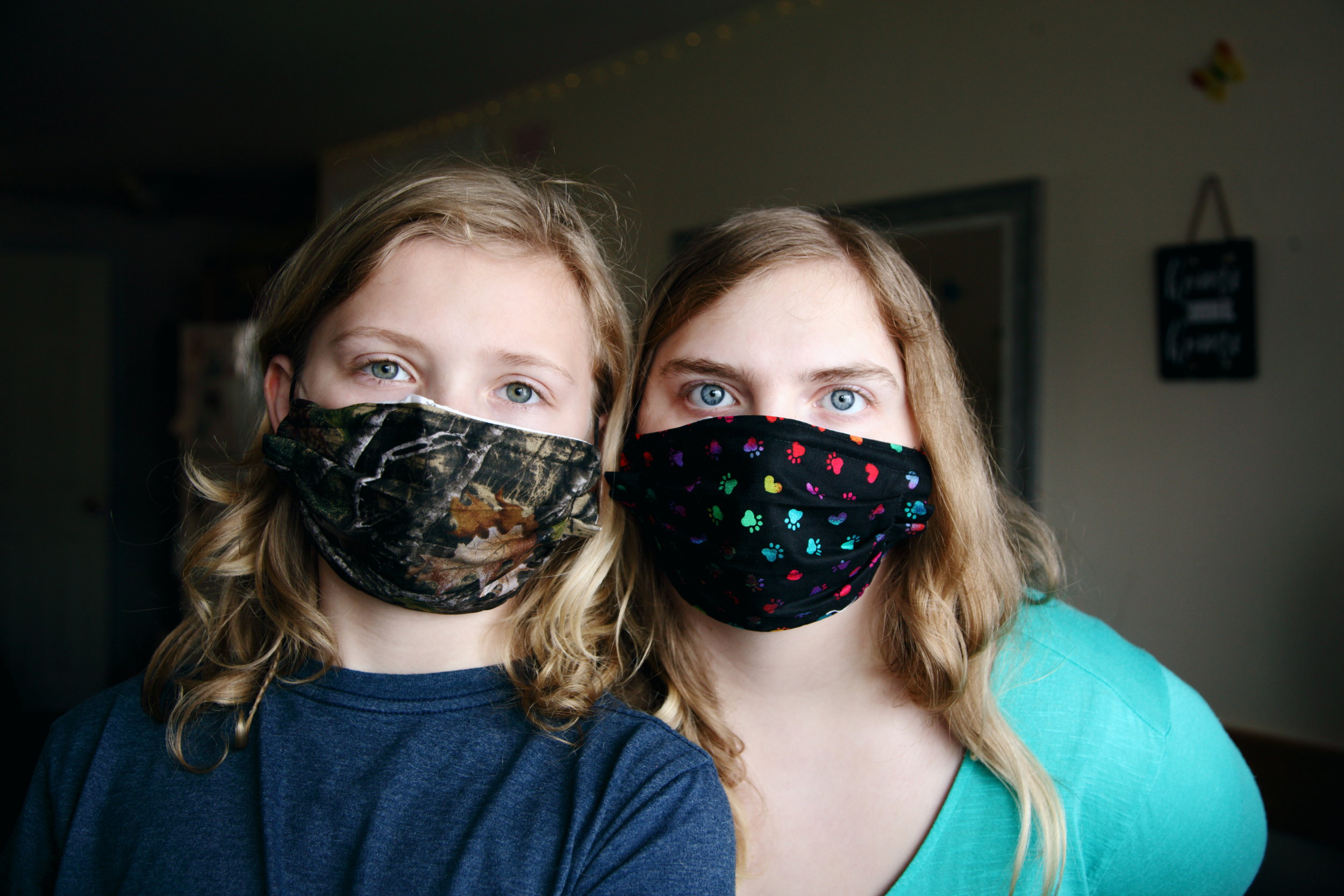
Anxiety mounts as teachers plan their return to the in-person classroom. Earlier this week, CNN reported that instead of prepping exciting new curriculums and gathering classroom supplies, many educators are updating their wills.
According to a July analysis by the Kaiser Family Foundation, nearly a quarter of U.S. teachers are at higher risk of severe illness from COVID-19 because “they are over 65, have a preexisting condition such as chronic obstructive pulmonary disease (COPD), or a body mass index over 40.” And unfortunately, discussions over kids’ vulnerability to COVID-19 frequently overshadows the issue of whether reopening schools puts teachers’ lives on the line. But how risky is this transition for early education teachers like those in enrolled in the begin to ECSEL program?
After contact tracing about 5,700 COVID-19 patients, researchers in South Korea found that kids under the age of 10 spread the virus at about half the rate of adults, but kids between 10 and 19 spread it at a similar rate as adults. That suggests administrators and policymakers need to think differently about middle and high schoolers than they do younger students. Basically, the older you are, the more likely you are to transmit COVID-19 to others.
To teachers in the early education sector, this may provide some relief, but the return to preschool will not be without added stress and anxiety. There are many new protocols and measures being put in place to keep educators as safe as possible and some of these measures seem even more difficult when considering the cognitive development of the children being served. For example, many preschool teachers wonder how they can possibly enforce social distancing with a group of 3-year-olds who have likely not seen each other in months? How do you ensure a 4-year-old keeps their mask on throughout the day? How can we physically distance rest mats in a classroom that does not have ample square footage?
These are just some of the questions still plaguing the educators we train, and in response to their anxious wonderings, we hear you and we understand. Taking our understanding one step further, we have taken your anxieties into consideration when developing our begin to ECSEL educator training program. As a central initiative of our program, we teach educators how to become more self-aware and mindful while equipping them with the best tools and techniques to cope with and manage stress and anxiety inside and outside of the classroom. We recognize that the first step in promoting emotional intelligence in children is to promote emotional intelligence in their educators.
As many educators of young children know, modeling appropriate behavior is one of the best ways to teach. So, when and if you return to the classroom this fall, make your concerns known to the parents of your students (they likely share the same concerns) and let them know how you plan to manage your classroom as safely as possible. Wear your mask throughout the day, regularly wash your hands and have your temperature taken alongside your students to normalize these changes. Encourage families to do the same at home. Ensuring the safety of yourself and the families you serve will undoubtedly take a village.
We also recommend pushing yourself to remember what called you to the education profession. Seek joy in the role you play and keep your students engaged in creative emergent curriculum, which is to not only to capture and address the child’s interests but also their worries and concerns. Include circle times during the day to discuss the changes such as the new safety protocols involving masks, social distancing and need for lots of hand-washing. When questions around COVID-19 and new precautions arise in the classroom, be appropriately honest with your students.
If, for example, they ask why they have to wear a mask, tell them the purpose and how it will keep others safe. Make menial tasks like hand washing enjoyable by creating a sticker chart to track how many times they’re visiting the sink or introducing a hand washing song. Promote and encourage conversations about their feelings and share feelings of your own which helps to provide the modeling that children need as they learn new ways and reasons for what ‘s being expected and why. Identifying feelings is the first part of the process that also involves coming up with solutions together to the questions and concerns being expressed. Your support, guidance, modeling and reassurance will help in reducing their anxiety so they can continue to enjoy, engage, learn and thrive.
We, at Housman Institute, recognize the uncertainty and anxiety of this time, but still believe in your endlessly creative and resilient qualities!
These Posts on Psychology
Housman Institute, LLC
831 Beacon Street, Suite 407
Newton, MA 02459
info@housmaninstitute.org
(508)379-3012
Explore
Our Products
Legal
Connect
Contact
Join our Mailing List!
Subscribe to receive our newsletter, latest blogs, and ECSEL resources.
We respect and value your privacy.
No Comments Yet
Let us know what you think